Introduction
Is A Rabbit A Rodent: In the realms of both biology and zoology, the process of classifying and categorizing species is an endeavor that unveils the intricate patterns of evolution and relationships among living organisms. Among the many intriguing questions in this realm, the inquiry into whether a rabbit can be regarded as a rodent has sparked debates that underscore the nuances of taxonomy and biological differentiation. Beyond mere appearances, the classification of rabbits delves into the heart of evolutionary biology, anatomical comparisons, and genetic analyses, all of which play pivotal roles in determining their taxonomic affiliation.
The rodentia order, characterized by gnawing incisors and diverse members like squirrels, mice, and beavers, has often been linked with the rabbit due to shared features like dental structures and grazing habits. However, appearances can be deceiving, and a closer examination of both orders reveals distinctions that extend beyond the surface. This exploration embarks on a journey into the realms of biological classification, dissecting the similarities and contrasts that define rabbits eat and rodents. By scrutinizing their genetic makeup, evolutionary lineage, and ecological roles, we endeavor to uncover the true nature of their relationship and illuminate the boundaries that set these two groups apart.
From the depths of genetic analysis to the heights of ecological adaptation, the question of whether a rabbit is indeed a rodent showcases the marvels of nature’s diversity and the precision of taxonomy. As we delve into the heart of this inquiry, we unravel the layers that form the foundation of biological classification, enriching our understanding of the animal kingdom’s intricate tapestry and the fascinating stories it has to tell.
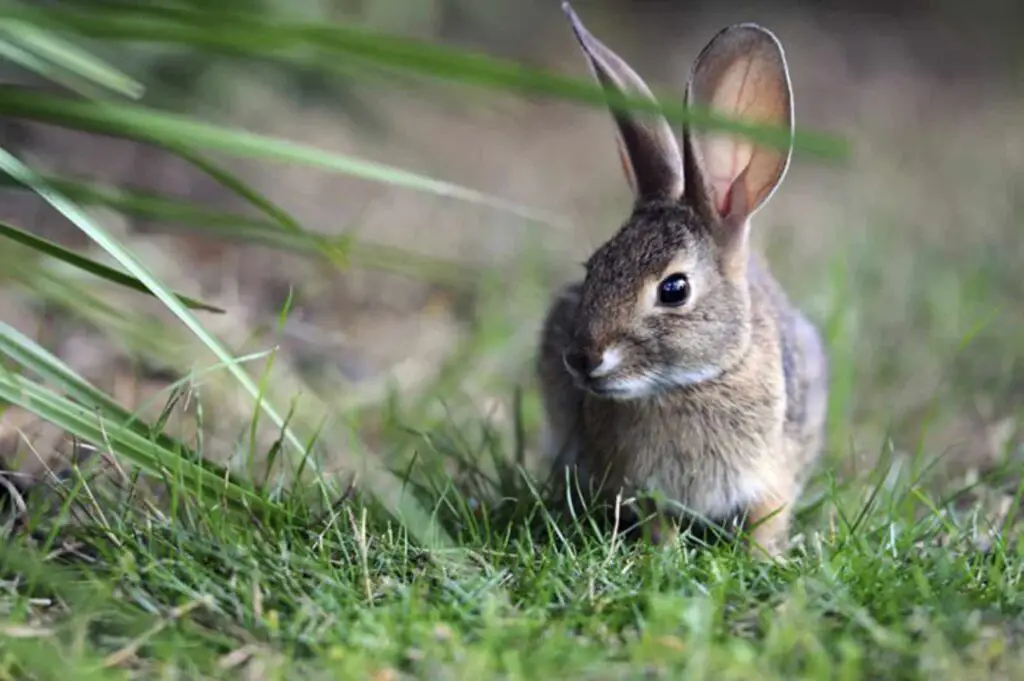
Is A rabbit A Mammal or a rodent?
Rabbits are members of the family Leporidae – one of the two families (besides Ochotonidae or pika family) in the Lagomorpha order of mammals. Confusion between rabbits and rodents stems partly from history – and partly from their superficial similarities to rodents.
In the vast realm of the animal kingdom, each creature finds its place within a taxonomic hierarchy based on shared characteristics. Among these fascinating beings, the rabbit stands out as an iconic and widely recognized creature. However, a persistent question has lingered: is a rabbit a mammal or a rodent? The answer lies in understanding the defining characteristics that categorize animals and how rabbits fit into these categories.
Defining Mammals and Rodents
Mammals, a diverse class of animals, are characterized by specific traits that set them apart from other groups. These characteristics include having a backbone, being warm-blooded, having hair or fur, and typically giving birth to live young, which are nursed with milk produced by mammary glands. Rodents, on the other hand, belong to the order Rodentia and share specific attributes, such as a pair of continuously growing incisors, which they use for gnawing.
The Rabbit as a Mammal
Rabbits unequivocally fall within the category of mammals due to their possession of several hallmark mammalian traits. They have a backbone, are warm-blooded, and are covered in fur. Additionally, female rabbits give birth to live young, which they nurse with milk produced by mammary glands. These characteristics align perfectly with the criteria for mammals, cementing the rabbit’s place in this class.
The Rabbit as a Rodent
Although often mistakenly associated with rodents, rabbits are not part of the rodent family. Despite the fact that rabbits and rodents do share some similarities in terms of dental structure (both have continuously growing incisors), they are separate evolutionary lineages. Rodents belong to the order Rodentia, while rabbits are members of the family Leporidae. The confusion might stem from the physical resemblance between rabbits and certain small rodents, but their distinct characteristics and evolutionary origins set them apart.
Evolutionary Lineage and Diversity
Rabbits have a unique evolutionary history that distinguishes them from rodents. While both groups belong to the larger class of mammals, they diverged on their evolutionary paths long ago. The development of specialized adaptations, such as the structure of their digestive systems and reproductive strategies, sets rabbits apart from rodents.
In the grand tapestry of life, understanding the nuances of various animal groups is essential to appreciating the diversity of species that inhabit our planet. Rabbits, though occasionally confused with rodents due to certain similarities, are unequivocally mammals. Their distinct evolutionary lineage, coupled with their possession of key mammalian characteristics, solidifies their place within this class. While the question of whether a rabbit is a mammal or a rodent might occasionally arise, a deeper exploration of their traits and lineage clarifies their true identity as charismatic members of the mammalian world.
Are rabbits close to rodents?
Although rabbits and hares have long been classified as close relatives of rodents (mice, rats, squirrels), a new study has concluded that the long-eared hoppers are really more closely related to primates, the mammalian order that includes monkeys, apes and humans.
In the realm of animal taxonomy, certain species share physical and behavioral traits that can lead to misconceptions about their evolutionary relationships. One such instance is the perceived closeness between rabbits and rodents. While rabbits and rodents may appear similar at a glance, a closer examination of their biological characteristics and evolutionary history reveals the true nature of their relationship.
Physical Similarities
At first glance, rabbits and rodents may seem remarkably alike due to their similar body shapes, small size, and prominent front incisors. These incisors are adapted for gnawing, which both rabbits and rodents use to break down their food. This shared dental adaptation has contributed to the misunderstanding that rabbits are part of the rodent family.
However, it’s crucial to note that physical similarities alone do not necessarily indicate a close evolutionary relationship. Convergent evolution, a phenomenon where unrelated species independently evolve similar traits due to similar ecological pressures, can lead to these shared characteristics.
Evolutionary Lineage
Despite the superficial resemblances, rabbits and rodents have distinct evolutionary histories that place them in separate taxonomic groups. Rodents belong to the order Rodentia, which includes a diverse range of species like mice, rats, squirrels, and beavers. On the other hand, rabbits belong to the family Leporidae within the order Lagomorpha, which also includes hares and pikas.
The divergence between these two groups of animals occurred millions of years ago, resulting in significant differences in anatomy, behavior, and reproductive strategies. These differences highlight the distinct paths that rabbits and rodents have taken in terms of adaptation and evolution.
Behavioral Differences
Beyond their physical dissimilarities, rabbits and rodents display divergent behaviors and ecological roles. Many rodents are known for their tendency to hoard food, digging complex burrows, and displaying varying degrees of social behavior. In contrast, rabbits are often associated with grazing behavior, having specialized digestive systems that allow them to process fibrous plant material.
Ecological Niche
Rabbits and rodents also occupy different ecological niches. Rodents exhibit a wide range of lifestyles, from tree-dwelling squirrels to aquatic beavers. Their adaptability has led to their widespread distribution across various habitats. On the other hand, rabbits, with their unique digestive adaptations and reproductive strategies, occupy niches more closely related to herbivorous mammals.
While rabbits and rodents may share certain physical characteristics, it’s important to recognize that appearances can be deceiving in the realm of biological classification. Despite the initial confusion, rabbits and rodents are not closely related in terms of their evolutionary history and lineage. Their distinct anatomical features, behaviors, and ecological niches set them apart as separate branches on the tree of life. Understanding these differences enhances our appreciation for the remarkable diversity of life and the complex web of relationships that shape the natural world.
Are rabbit and rats called rodents?
Although their teeth are similar to those of rodents, they are not the same. Rabbits also have a strictly herbivorous diet. They have long back legs compared to the short limbs of rodents. They also have other distinct features – such as long ears and a complete lack of paw pads.
In the fascinating world of taxonomy, animals are grouped based on shared characteristics that reflect their evolutionary relationships. Two creatures that often cause confusion in this regard are rabbits and rats. Both animals are frequently associated with the term “rodent,” but is this classification accurate? To address this confusion, it’s important to explore the defining characteristics of rodents and examine whether rabbits and rats fit this category.
Defining Rodents
Rodents belong to the order Rodentia, which is one of the most diverse and successful groups of mammals. The key characteristic that defines rodents is the presence of continuously growing incisors in their upper and lower jaws. These incisors are adapted for gnawing and are kept in check through constant wear against each other and abrasive foods. Rodents come in various sizes and forms, from the tiny mouse to the industrious beaver.
Despite their common association, rabbits are not classified as rodents. Instead, they belong to the family Leporidae within the order Lagomorpha. While rabbits and rodents share some superficial similarities, such as the presence of continuously growing incisors, they have distinct differences in their anatomy, behavior, and evolutionary history.
Rats, on the other hand, are indeed classified as rodents. They belong to the family Muridae within the order Rodentia. Rats are characterized by their single pair of continuously growing incisors, which they use for gnawing through various materials. They are known for their adaptability and are found in diverse habitats worldwide.
Why is a rabbit not a rodent?
(Incidentally, the Rodentia does not include rabbits; rabbits differ from rodents in having an extra pair of incisors and in other skeletal features. Rabbits, hares, and a few other species make up the Lagomorpha. Shrews, moles and hedgehogs are also not rodents; they are classified in the Mammal order Eulipotyphla.)
Rabbits and rodents share certain similarities that have led to misconceptions about their classification. One such misconception is the belief that rabbits are rodents. However, a closer examination of their anatomy, behavior, and evolutionary history reveals significant differences that highlight why rabbits are not classified as rodents. In this article, we will explore these distinctions to shed light on the unique nature of rabbits as separate from the rodent family.
Dental Differences
One of the most apparent characteristics that differentiate rabbits from rodents lies in their dental structure. While both groups possess incisors that continuously grow throughout their lives, rabbits have two pairs of upper incisors, while rodents have a single pair in each jaw. Rabbits have evolved a specialized dental arrangement with four upper incisors – two large ones in the front and two smaller ones directly behind. This distinctive arrangement is not seen in rodents and marks a key divergence between the two groups.
Skull Structure
Beyond the dental differences, the skull structure of rabbits and rodents also varies. Rabbits have skulls with unique adaptations to accommodate their unique dental structure. In contrast, rodents have skulls designed to house their single pair of incisors. The presence of these divergent skull structures further highlights the evolutionary separation between the two groups.
Evolutionary History
Rabbits and rodents have distinct evolutionary histories that place them in separate orders. Rabbits belong to the order Lagomorpha, while rodents are categorized under the order Rodentia. These evolutionary pathways diverged millions of years ago, resulting in significant differences in their anatomical features, behaviors, and ecological roles. While both groups share the characteristic of having continuously growing incisors, this similarity does not negate the broader distinctions that set them apart.
In summary, while rabbits and rodents may share some surface-level characteristics, such as the presence of continuously growing incisors, they are distinct groups with significant differences in their anatomy, behavior, and evolutionary history. The unique dental arrangement of rabbits, their specific skull structure, and their membership in the order Lagomorpha all contribute to their classification as separate from rodents. Appreciating these distinctions enhances our understanding of the intricate diversity within the animal kingdom and underscores the importance of delving deeper into the nuances that define different species.
Which animals are called rodents?
Well-known rodents include mice, rats, squirrels, prairie dogs, porcupines, beavers, guinea pigs, and hamsters.
Mice and Rats: Some of the most recognizable rodents are mice and rats. Found worldwide in a variety of habitats, they exhibit a range of behaviors from scavenging to nesting in complex burrow systems. Household pests like the common house mouse and the brown rat are well-known members of this group.
Squirrels: Squirrels are arboreal rodents known for their bushy tails and tree-climbing abilities. They play a vital role in many ecosystems by dispersing seeds and influencing forest regeneration.
Beavers: Beavers are known for their remarkable ability to build dams and lodges using branches and mud. These aquatic rodents significantly alter their habitats, creating wetlands that benefit other species.
Hamsters: Hamsters are small, burrowing rodents known for their cheek pouches used to carry food and nesting material. They are popular as pets and are also studied in laboratories for their biology and behavior.
Gophers and Groundhogs: Gophers and groundhogs are known for their burrowing habits. Gophers are subterranean rodents that create extensive tunnel systems, while groundhogs (also called woodchucks) are known for their hibernation habits.
Porcupines: Porcupines are rodents covered in sharp quills that serve as a defense mechanism. They are found in various habitats and primarily feed on plant material.
Capybaras: Capybaras are the largest rodents in the world, resembling oversized guinea pigs. They are semi-aquatic and often found near water bodies.
Is rabbit halal in Islam?
The first opinion, it is haram to eat the flesh and drink the milk of their milk for they are considered najis. This is the opinion of Abu Ishaq al-Marwazi, al-Qaffal, Imam al-Ghazali and al-Baghawi. Second opinion, it is makruh tanzih.
Animals with Split Hooves: Animals with split hooves that chew the cud are considered halal. This includes animals like cattle, sheep, and goats.
Fish: All types of fish are considered halal.
Poultry: Poultry, such as chicken, turkey, and duck, are generally considered halal if slaughtered according to Islamic guidelines.
Prohibition of Certain Animals: The Quran explicitly prohibits the consumption of animals that are not ritually slaughtered, such as animals that have died of themselves, blood, pork, and animals sacrificed to other than Allah.
Is rabbit a type of mouse?
Rodentia is the largest group of mammals that includes mice, rats, guinea pigs, hamsters, prairie dogs, chipmunks, squirrels, muskrats, beavers, chinchillas, and many others. Despite what was taught in our schools, rabbits do not belong to the order Rodentia.
The animal kingdom is a vast realm of diversity, encompassing a multitude of species with unique characteristics. While some creatures might appear similar at first glance, a closer examination often reveals distinct differences that set them apart. One such case is the comparison between rabbits and mice. Despite some superficial resemblances, rabbits and mice are separate entities with notable distinctions in terms of anatomy, behavior, and evolutionary history.
Anatomical Differences
Rabbits and mice may share some size and shape similarities, but their anatomical structures differ significantly. Rabbits belong to the family Leporidae within the order Lagomorpha, while mice are rodents belonging to the family Muridae within the order Rodentia.
Behavioral Disparities
Rabbits and mice exhibit distinct behaviors reflective of their respective evolutionary histories. Rabbits are known for their grazing behavior, with digestive systems adapted to process fibrous plant material. Mice, on the other hand, are highly adaptive and are found in a variety of habitats, often displaying scavenging behaviors.
Ecological Niches
Rabbits and mice occupy different ecological niches due to their distinct adaptations. Mice are known for their ability to thrive in a wide range of habitats, including forests, grasslands, and urban environments. Rabbits, however, are well-suited for grazing in open areas and can be found in fields, meadows, and other similar habitats.
In summary, while rabbits and mice might share certain superficial similarities, they are separate and distinct entities within the animal kingdom. Their anatomical differences, unique dental arrangements, distinct behaviors, and evolutionary histories all contribute to their classification as separate species. Understanding these differences enhances our appreciation for the incredible diversity of life on Earth and reminds us of the complex relationships that have shaped the natural world.
What is another name for a rabbit?
On this page you’ll find 14 synonyms, antonyms, and words related to rabbit, such as: bunny, hare, rodent, buck, capon, and chinchilla.
Language is a versatile tool that allows us to communicate and describe the world around us using various words and expressions. The term “rabbit” is commonly used to refer to a small, furry mammal with long ears and a distinctive hopping gait. However, the English language offers a range of synonyms that can be used interchangeably to describe this charming creature. In this article, we will explore some of the alternative names for rabbits, shedding light on the rich linguistic diversity that surrounds these adorable animals.
Bunny
One of the most endearing and widely recognized alternatives to “rabbit” is “bunny.” The term “bunny” carries a certain warmth and tenderness, often evoking feelings of affection and playfulness. It is frequently used in casual conversations and literature, especially when referring to young rabbits.
Hare
While closely related to rabbits, hares are a distinct group within the same family (Leporidae). Hares are generally larger and have longer legs than rabbits, adapted for faster running. “Hare” is an alternative term that can be used to describe certain species within the Leporidae family, offering a specific distinction from the more commonly used term “rabbit.”
Cottontail
Another name often associated with rabbits is “cottontail.” This name derives from the distinctive appearance of the rabbit’s tail, which is often fluffy and resembles a ball of cotton. The term “cottontail” is particularly relevant to species such as the Eastern cottontail, a common rabbit species found in North America.
Cony
An archaic term that is less commonly used today, “cony” was historically used to refer to rabbits. This term has its origins in Old French and Middle English, and while it has fallen out of common usage, it offers a glimpse into the evolving linguistic landscape of the English language.
Lapin
Derived from French, the term “lapin” is an alternative for “rabbit” that can add an international flavor to your descriptions. It is used in French-speaking regions to refer to both domesticated and wild rabbits.
Buck and Doe
“Buck” and “doe” are terms borrowed from the world of deer to describe male and female rabbits, respectively. While these terms might not be as commonly used as “rabbit” or “bunny,” they provide a unique way to differentiate between genders within the species.
Language provides us with a plethora of ways to describe the creatures that inhabit our world, and rabbits are no exception. From the familiar and affectionate “bunny” to the classic “rabbit” and the historical “cony,” each term adds a layer of nuance to our understanding of these captivating animals. Exploring these synonyms not only showcases the linguistic diversity of the English language but also invites us to appreciate the rich tapestry of words that describe the natural wonders that surround us.
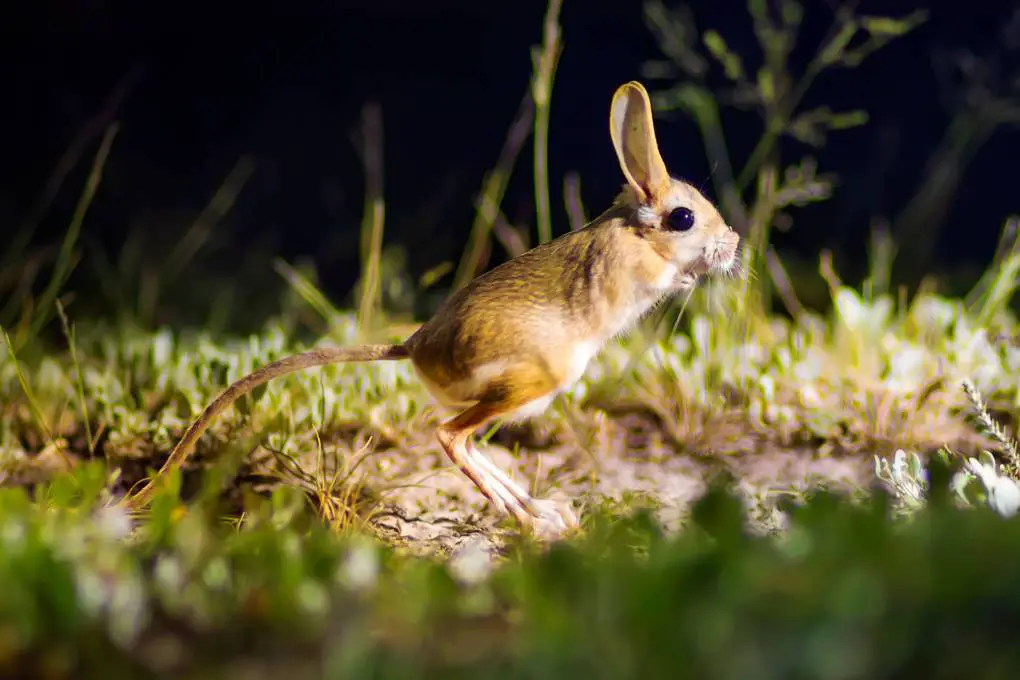
Conclusion
In the quest to determine whether a rabbit should be classified as a rodent, we have journeyed through the intricacies of taxonomy, evolutionary history, and anatomical comparisons. While the shared traits of dental structures and grazing habits initially draw parallels between rabbits and rodents, a comprehensive analysis reveals deeper distinctions that set them apart.
Through the lens of genetics, we’ve come to understand that rabbits belong to the order Lagomorpha, a separate lineage from the order Rodentia that includes rabits rodents like mice and squirrels. Evolutionary pathways diverged millions of years ago, leading to unique adaptations and ecological roles for both groups. The diagnostic characteristic of double pairs of upper incisors in lagomorphs, as opposed to the single pair in rodents, underscores their fundamental distinction.
Beyond biology, the exploration into whether a rabbit is a rodent highlights the beauty of science’s ability to decipher the complexities of nature. Taxonomy serves as a roadmap, revealing connections and differences that shape our understanding of life’s diversity. The juxtaposition of similarity and divergence in the case of rabbits and rodents teaches us to look beyond surface traits, appreciating the depth of information hidden within an organism’s DNA and evolutionary history.
Ultimately, while the question may have once stirred debates, our inquiry has led us to a conclusive understanding: a rabbit is not a rodent, but rather an example of the unique branches that form the tree of life. The distinction reminds us of the rich complexity present in every corner of the natural world, showcasing the intricate pathways that evolution has woven over eons. As we conclude this exploration, we gain a newfound appreciation for the intricate dance of life’s diversity and the precision with which science illuminates the connections that bind all living things.

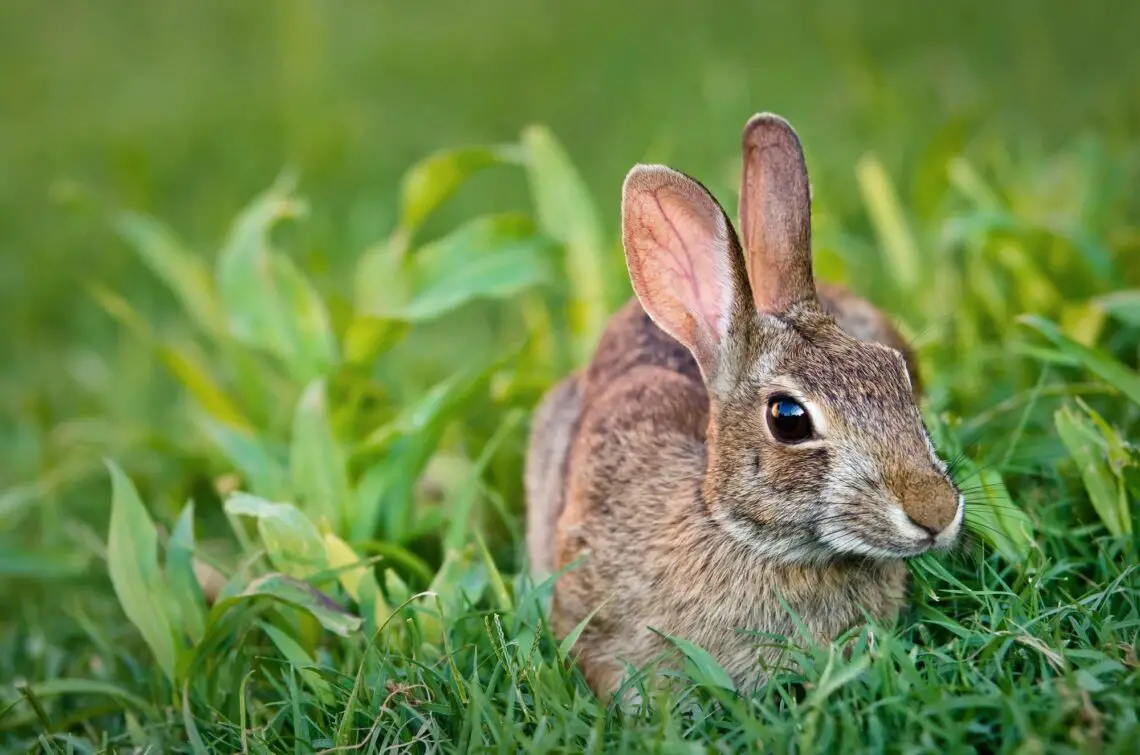
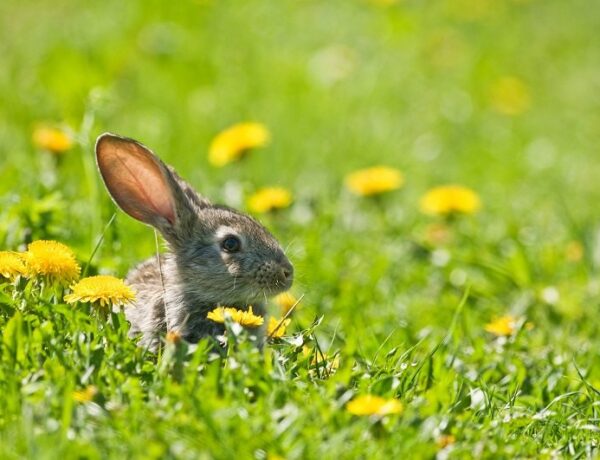
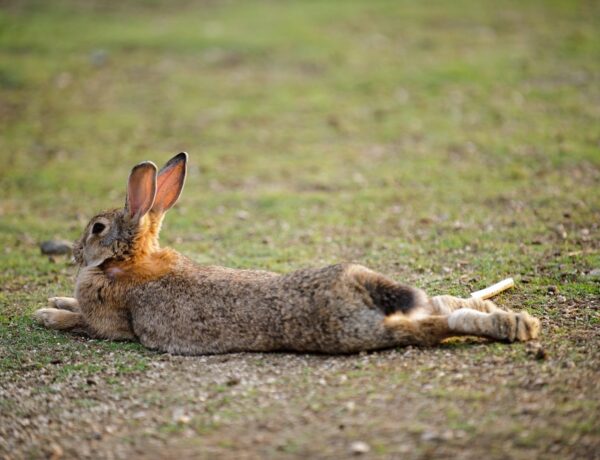
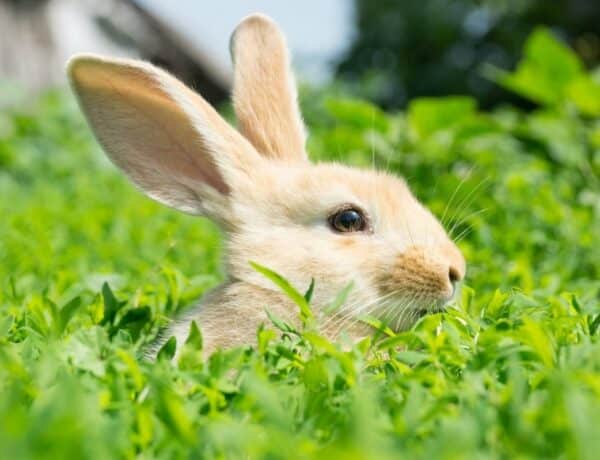
No Comments